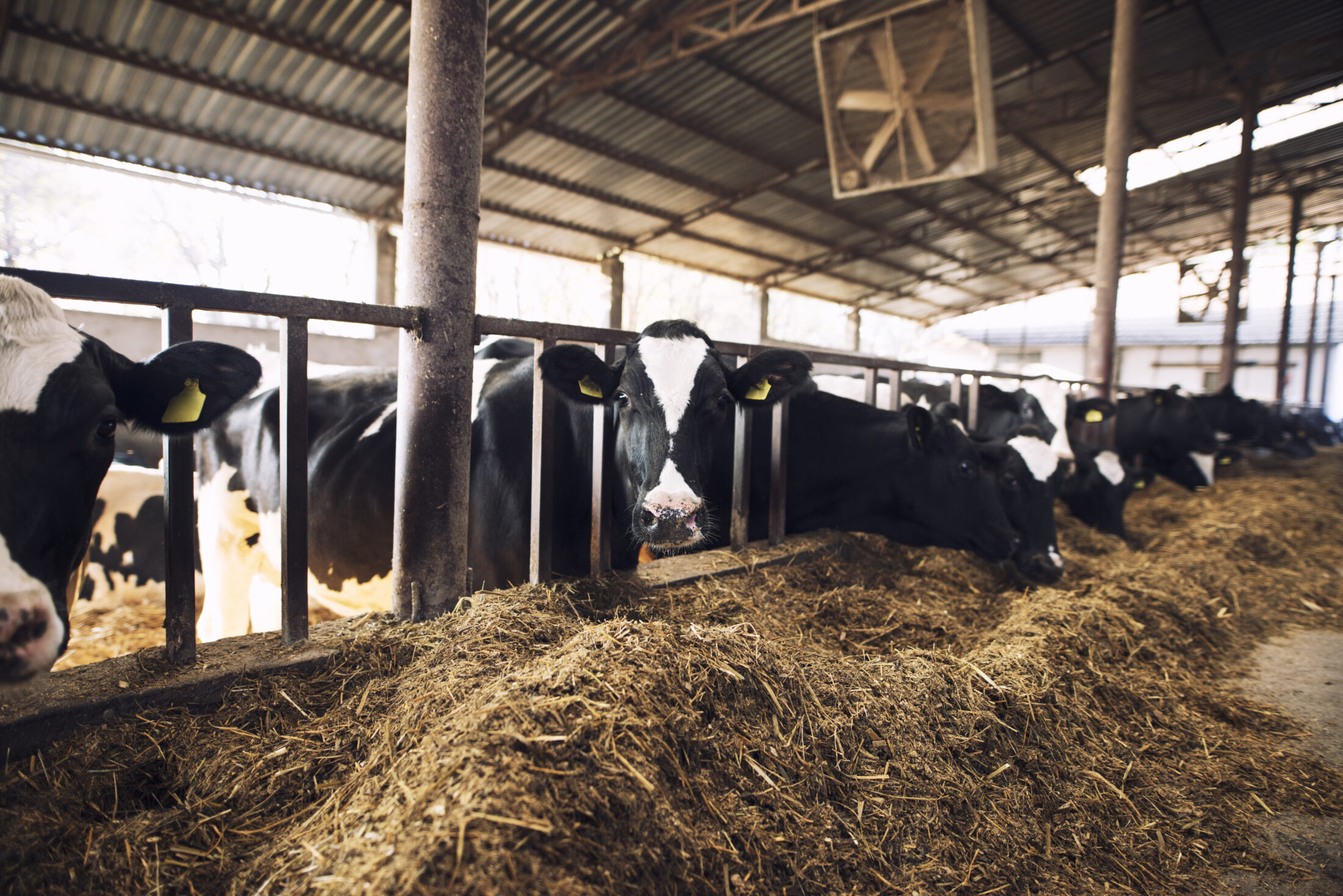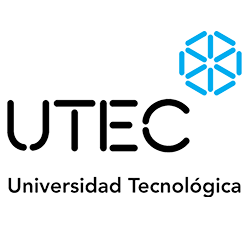Environmental management and system design for effluent and manure management in cattle feedlots (Uruguay)

Uruguay’s sustained expansion of cattle Feedlot Establishments (EECs) demands robust environmental management to curb soil, water, and air impacts. Evidence compiled in this study shows that poorly handled effluents and manure cause significant degradation; conversely, when carefully monitored they act as valuable organic amendments, enhancing soil fertility and reducing reliance on synthetic fertilisers, thus reinforcing circular-economy goals.
Given Uruguay’s rainfall-driven effluent variability, storage lagoons are pivotal. Their volume must be dimensioned through a daily water-balance of precipitation and effluent generation spanning at least 15. and preferably 30 years. This approach prevents both overflow and over-design, optimising costs and land use. Phosphorus balance is the key tool for calculating the cropland required for land application, as P usually limits the permissible loading rate. Continuous operational monitoring is essential to detect failures and ensure long-term sustainability.
Beyond regulation and technology, success hinges on stakeholder commitment to responsible practices. Applied research is required to adapt international measures to Uruguayan conditions, evaluate environmental impacts, and monetise waste valorisation—e.g., marketable composted manure. Public policies should incentivise infrastructure investment, manure composting, training, and technical assistance.
The methodologies presented enable (i) determination of agronomic disposal areas, (ii) estimation of cropland needs from nutrient demand and manure output, and (iii) sizing of storage lagoons under extreme rainfall and local operational conditions. Field pilots remain necessary to validate these tools. Future work should quantify environmental and cost-benefit gains, assess vegetative treatment alternatives, and test the model’s applicability to regions with comparable climates and production systems.

